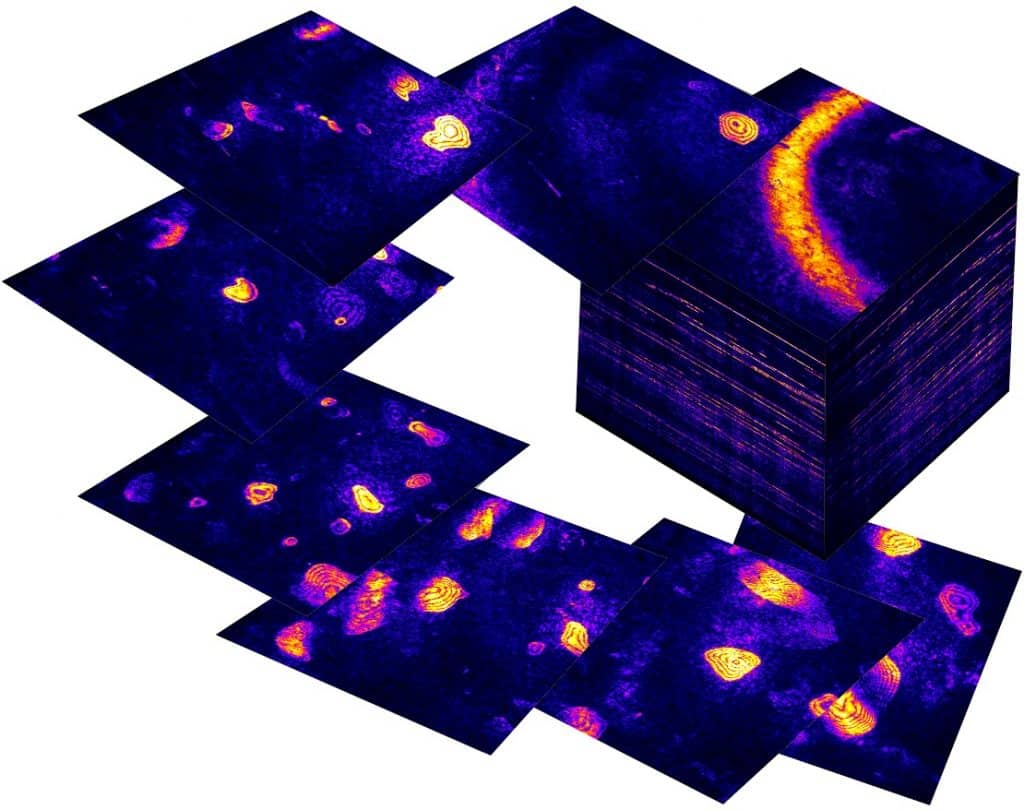Photonics is the key technology of today and the future. Photons are unbeatably fast and deliver signals with the highest precision, enable high power densities in a wide band of frequencies and belong to the basis for many current challenges in all industries. Photons unlock greater potential than electrons did in the last century.

irscat.ch GmbH
Gottfried Kellerstrasse 2
6010 Kriens
Switzerland